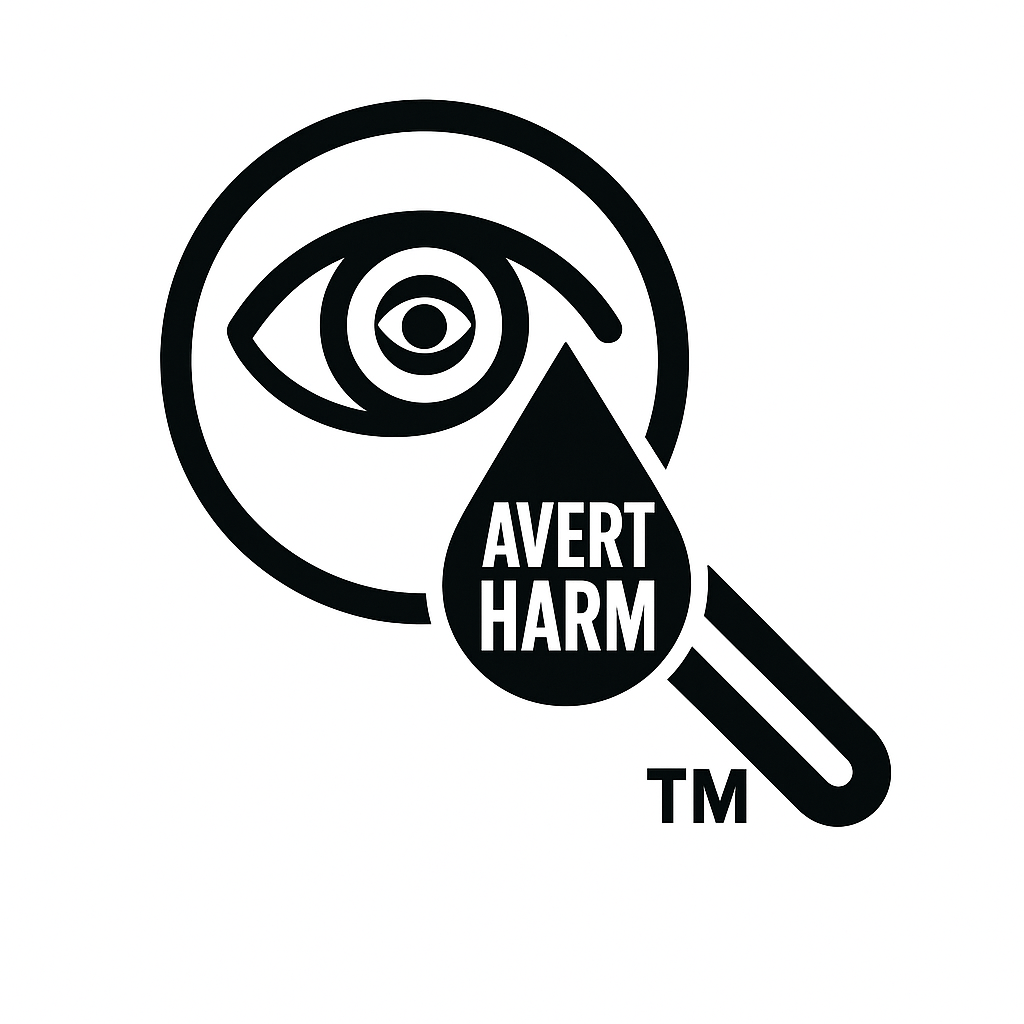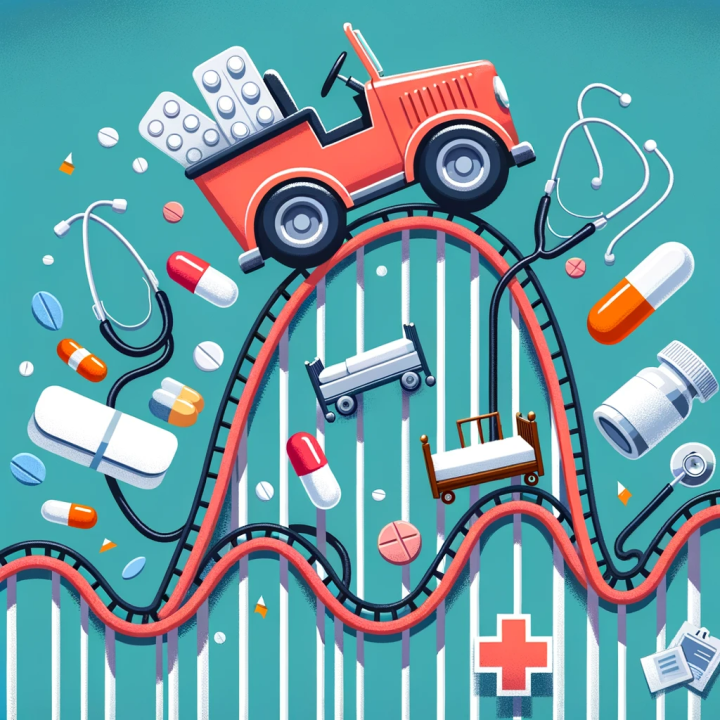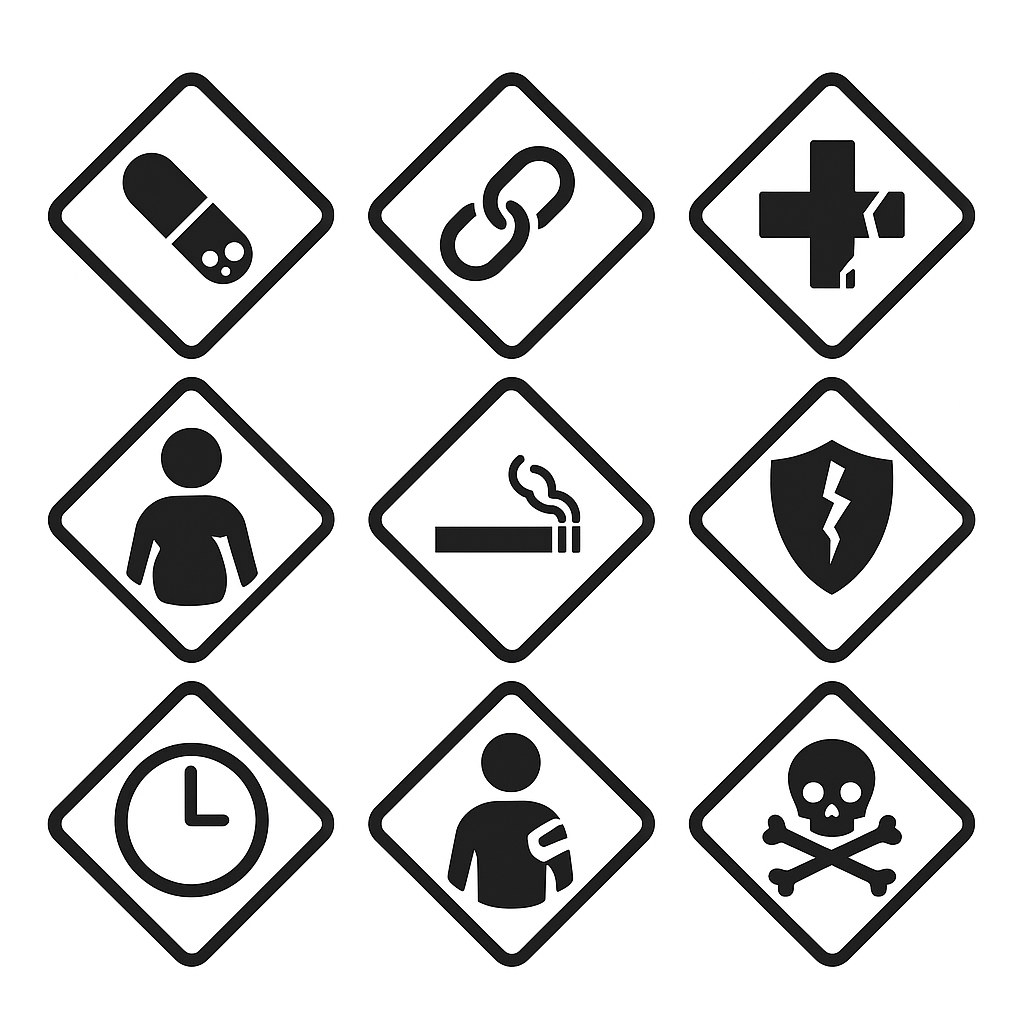
Understanding the Pathway of Harm
Awareness begins with recognizing the subtle shifts along the pathway from stress to crisis. Stress in itself is not inherently harmful; it can serve as a motivator, a signal of demand, or a challenge that encourages adaptation. However, when stress is unmanaged or compounded, it can lead to distress—the point where coping mechanisms begin to fail. Vigilance means noticing these early changes, before they evolve into deeper vulnerability.
The Foundation of Prevention
Awareness and vigilance form the cornerstone of A.V.E.R.T. Harm’s mission. To prevent harm, illness, injury, or systemic breakdowns, we must first see the signals early. Awareness means recognizing the stressors that individuals, families, or systems face. Vigilance means maintaining attention to how those stressors evolve over time, even when the changes appear subtle.
Stress itself is not inherently negative—it can motivate action and sharpen focus. But when stress persists without healthy outlets, it becomes distress. Distress is the warning light that coping reserves are being depleted. Without recognition, distress pushes individuals and systems toward vulnerability—a lowered threshold where risks begin to accumulate.
Mapping Vulnerability and Risk
Awareness is about noticing who is most vulnerable and under what conditions. Vulnerability might arise from age (youth or elders), chronic health issues, pregnancy, structural inequities, or exposure to systemic harms. Vigilance means seeing the connection between vulnerability and risk—the increased likelihood that negative outcomes such as injury, illness, or crisis will follow.
Once risks are present, the next stage is impact. Impacts may look like declining health, missed opportunities, lapses in safety, or increasing social isolation. They are the first visible consequences of unaddressed risks. For communities, impacts might mean rising overdose rates, escalating conflict, or worsening disparities. Vigilance requires that we not minimize these early warning signs.
Why Awareness Matters
Awareness and vigilance are not passive states—they are active commitments to pay attention before harm escalates. They allow community members, clinicians, and public health leaders to recognize when stress has shifted into distress, when resilience has eroded into vulnerability, and when impacts are beginning to accumulate. Without this foundation, effective response and proactive systems change are not possible.
A.V.E.R.T. Harm’s Role: Through carefully developed training programs, curricula, and certification pathways, A.V.E.R.T. Harm equips individuals and organizations with the skills to practice vigilance systematically. Our educational materials highlight real-world case examples, teach how to detect early signs of harm across multiple domains, and emphasize accountability in observation and reporting. By embedding awareness and vigilance into professional and community practice, we are reshaping the culture of prevention—ensuring that potential harm is seen, acknowledged, and addressed before escalation occurs.






